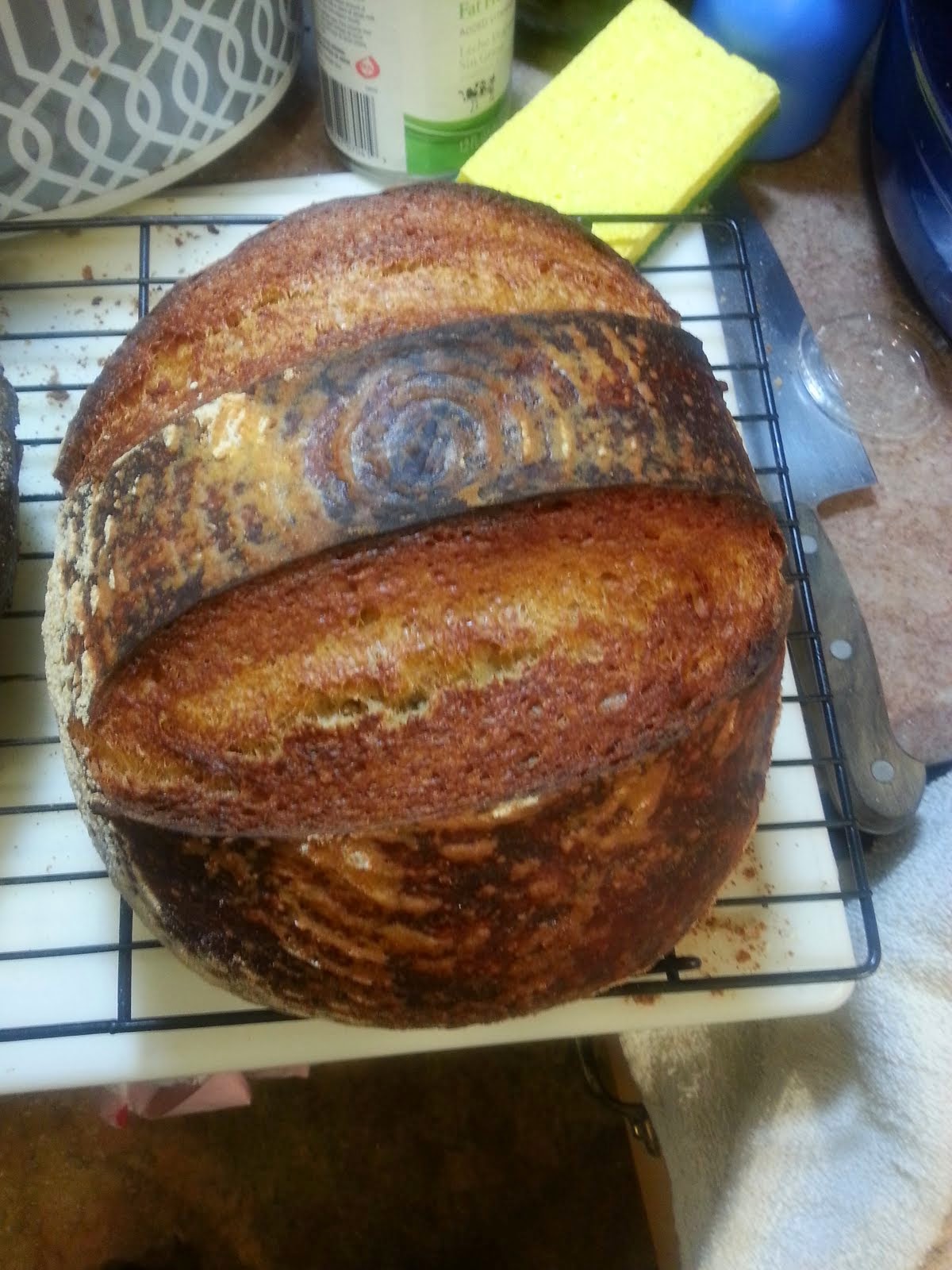So this weekend, I joined my Laurel, Annectje and our friend Penni and produced 50 lbs of Bratwurst for an event in December. Here's the recipe:
https://sites.google.com/site/johnmarshallsite/brat
Many thanks to the people at Wegman's, who gave us a discount on the bone-in pork shoulders. I picked them up on Saturday morning, drove them to Annectje's and we boned and portioned them, bagged them up and put them in the freezer overnight.
Today, I took the toys down to Annectje's and we ground the pork coarsely and seasoned it with marjoram, thyme, parsley, cumin, nutmeg and salt. After we fried up a sample and confirmed it was seasoned correctly, we then ground it a second time through a finer plate.
First grind, with seasoning
Second grind,
Gloves to keep my fingers from going completely numb...
To the right (my left) is the cylinder of the stuffer...
After the meat was ground and seasoned, we used a stuffer to put it into casings.
Casings being washed before use.
Stuffer with casings attached.
The final product.
Now safely tucked away...
December 13th 2014. Bhakail. Be there.......










































